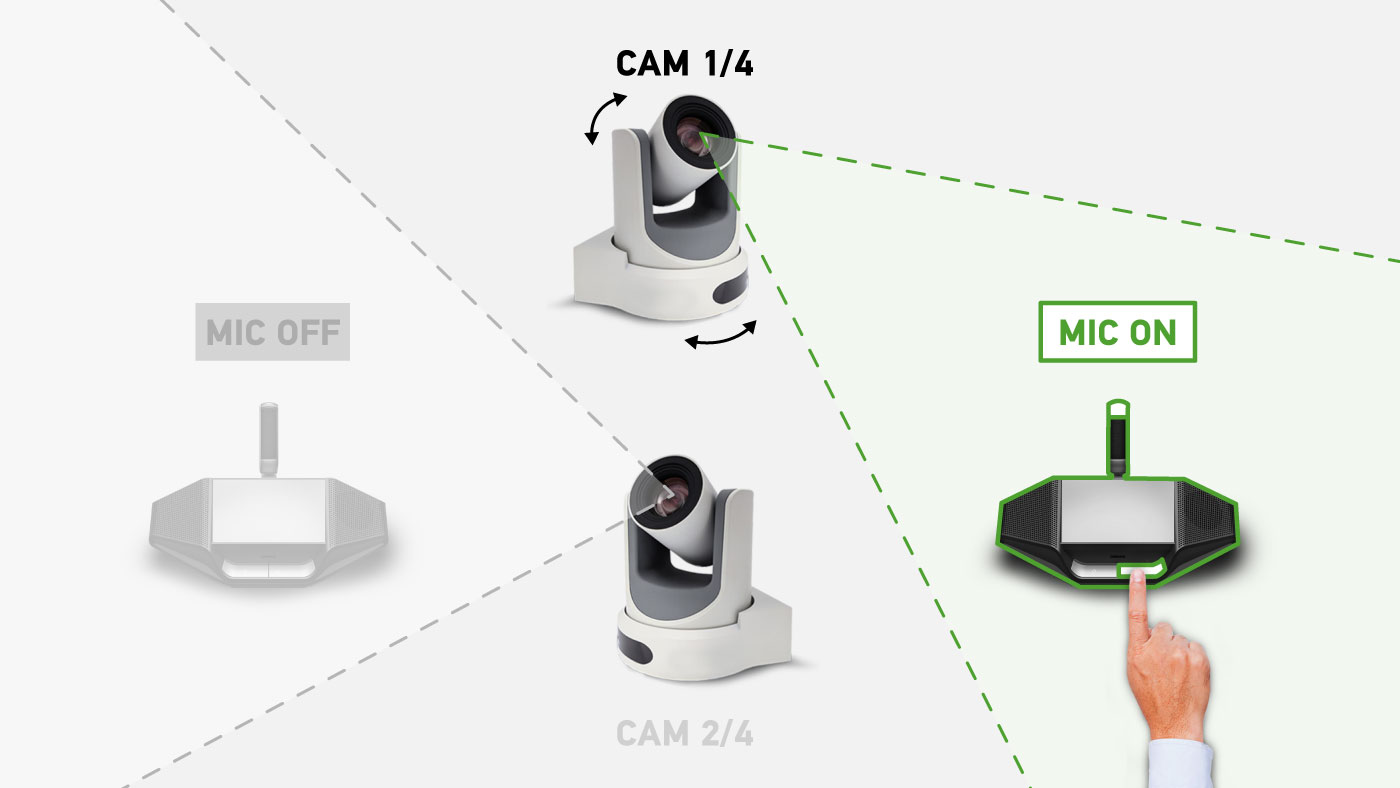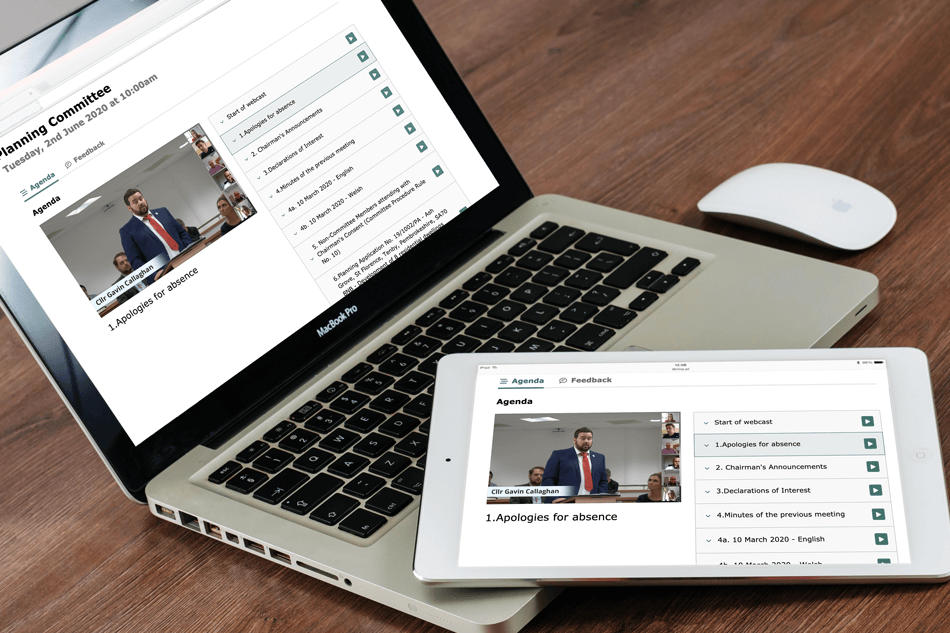Some councils, and former clients, are looking to use new technology to bring streaming in-house and create DIY webcasting systems. This is doable; we’re not going to claim otherwise. But DIY solutions rarely consider all of the challenges of livestreaming council meetings. Luckily, we’ve spent the last two decades doing just that.
Key question to ask:
If you decide to stream yourself, do you stream to YouTube? Facebook? Twitter? How do you share this content more widely? Does the platform you’ve chosen work with the cameras and microphones you’ve already got in the meeting room? How does the platform integrate with the Council’s own website or social channels? How does your chosen platform cope with different sized meetings?
If this sound complicated, that’s because it is.
Trying to hit moving targets
Speakers do not all speak from the same place. They are not all the same height. Without automation, cameras need to be manually panned between speakers. This is not only time-consuming for the camera operator(s) but makes for a very unpleasant viewing experience. Connect has automated camera switching: no need for an operator, great production values and a great viewer experience.

You can automate cameras to focus on active speakers with Connect Webcasting
Accessibility is key
DIY streaming does not work with hybrid meetings which offer a great and accessible way of hosting Council meetings. DIY options such as Facebook Live and Twitter don’t offer professional subtitling or transcriptions either. Guess what? Connect does! Streams on Connect can also easily be shared on other platforms too, which means that you can reach your audiences wherever they are, whilst keeping the functionality of the Connect microsite.
Connect Webcasting offers live subtitles and meeting transcriptions
More than a conversation
A council meeting is more than a group of people having a chat. Context is vitally important. All the agendas, supporting documentation, evidence and presentations of a council meetings are key for remote viewers to get a full understanding of proceedings. DIY streaming options do not give viewers access to these resources. Connect integrates seamlessly with CMIS and Mod.gov so viewers and remote participants (on HybridLink) are able to access the same meeting resources as in-room participants. What’s more, Connect provides rich user-statistics so councils can really see how communities engage with their content.
Viewers can access the presentation slides and the resources tab
Who does the work?
DIY options are resource heavy and clunky. Connect is simple. It works at the touch of a button. The meeting clerk is able to start, pause and stop the livestream with one click. Connect integrates with CMIS and Mod.gov so that the stream ties in with the meeting’s agenda points. A Connect webcast automatically archives, too.
One operator can easily manage the webcast, agenda points, votes,… even hybrid meetings, all from a single solution.
Support when things go wrong
Public-i have a dedicated service desk team who are on hand for testing and troubleshooting. They’re real experts in the field. When they can’t fix things remotely, we have our team of accredited engineers who can visit site within 48 hours to remedy issues. This is one of the biggest benefits of choosing to stream with a UK-based company instead of cobbling together a solution with the out-of-the-box platforms offered by the big multinationals. We are real people, not bots.
